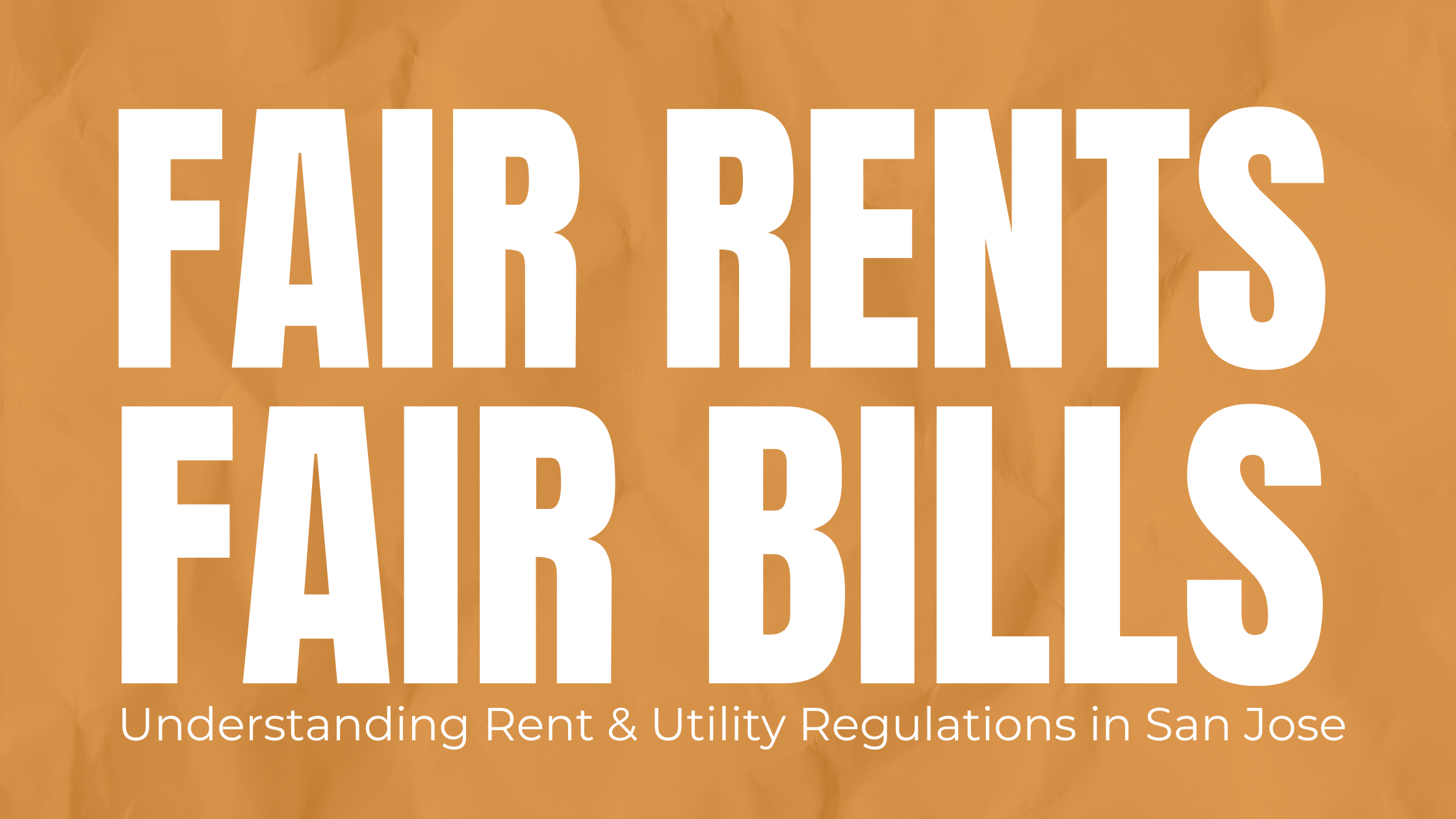Mathew Reed, policy director for the housing nonprofit SV@Home, said the county’s including the for-sale townhomes into the project is an “effort to really look into models that take on a tremendously challenging situation where the market for homes for sale is so out of reach.”
By Grace Hase | November 29, 2023 | Photo via Google Maps
As the region struggles to meet the demand for affordable housing, Santa Clara County is one step closer to putting shovels in the ground at a site in downtown San Jose to benefit residents who now are priced out of the Bay Area’s hot housing market.
The county-owned site at 675 E. Santa Clara St is being developed by the Core Companies and Eden Housing and includes 64 units of senior affordable housing, 113 units of multi-family affordable housing and 36 for-sale, below-market-rate townhomes.
But some local housing advocates say the project isn’t ideal, citing height concerns and a reduction in the scope of the project.
Over the last five years, the county has worked to create a vision for the site, which originally called for two four-story buildings and one 13-to-16 story building. The most recent plans, though, have been downsized to an eight-story building, a five-story building and a three-story building.
Consuleo Hernandez, the director for the county’s office of supportive housing, said the reduction is a result of the skyrocketing costs of building high-rises, which developers have cited in recent years as a stumbling block to more construction. A recent report commissioned by the city of San Jose found that the cost of building one unit of affordable housing has risen 24% in the last year — from $757,900 to $938,700.
“The last year, there’s been a lot of criticism around the cost of development, so we factor that in to all of our decisions — that it’s not always about maximized density,” Hernandez said. “We have to take into account all the other considerations, all the other facts, when we build affordable housing.”
Hernandez also points to the need for affordable for-sale housing for the large swath of first-time homebuyers who otherwise would not be able to buy a home in the Bay Area. Santa Clara County made home ownership for middle- and low-income families a priority seven years ago when voters approved Measure A, a $950 million housing bond. While the tranche is getting close to being dried up, the county already has spent $25 million of the bond measure on its first-time homebuyer program as of May 2023.
Mathew Reed, policy director for the housing nonprofit SV@Home, said the county’s including the for-sale townhomes into the project is an “effort to really look into models that take on a tremendously challenging situation where the market for homes for sale is so out of reach.”
Earlier this month, the county submitted its application to San Jose to develop the land. Because it meets certain qualifications for streamlined development under Senate Bill 35, the project won’t need approval from the San Jose City Council.
“In this case, the ability to leverage the county-owned land, the county-dedicated resources of a really established developer that works in both market-rate and affordable housing — to try and bring a number of sources of subsidy into the program to really make it viable — is important,” Reed said. “The county has been given a mandate by the voters to take on the challenge of middle-income households who struggle both with rent and are definitely priced out right now of the for-sale market.”
But not all housing advocates agree with the county’s current approach. Rocio Molina, the interim deputy director for nonprofit Catalyze SV, said that while the organization and its members are excited to see the county moving forward with a 100% affordable project, they have concerns over the project’s height.
The nonprofit, focused on community engagement, scores projects on a scale of one to five, with an average score of 3.5 needed in order to support the project. After reviewing the project in October, Catalyze SV’s members gave it an average score of 3.2, citing concerns largely about the height.
“We’re not seeing the highest density possible there, which we consider a missed opportunity to build the most number of affordable housing units possible in order to eat at that deficit that the area is experiencing,” Molina said.
While the current proposed project might not live up to its original vision, Hernandez said context is important as other housing is expected to be erected along the East Santa Clara Street corridor — namely on an adjacent parcel owned by the Santa Clara County Housing Authority.
The county purchased the 675 E. Santa Clara St. site, originally 12-acres, back in 2010, and in 2017 sold off roughly half of the land to the housing authority.
“In the original master plan, the housing authority was proposing to build office buildings, and that went away. And when that went away, they replaced that with more rental housing so the units aren’t lost really because there is that additive from the housing authority,” Hernandez said. “If there’s that context, we believe that the site is providing and responding to the housing needs in the community.”

